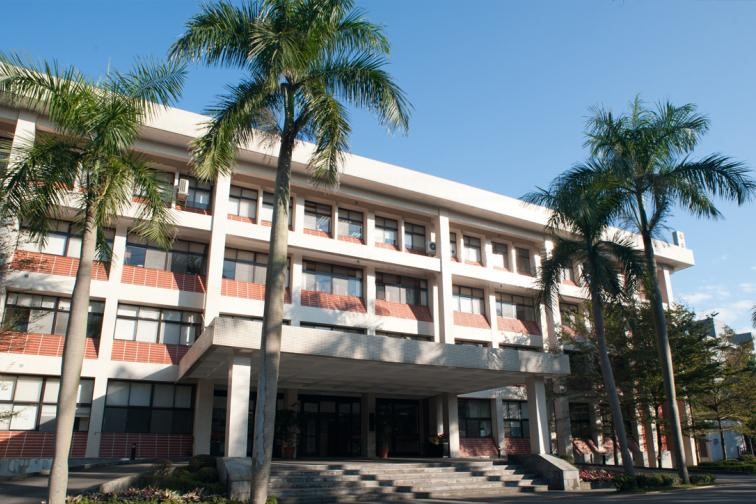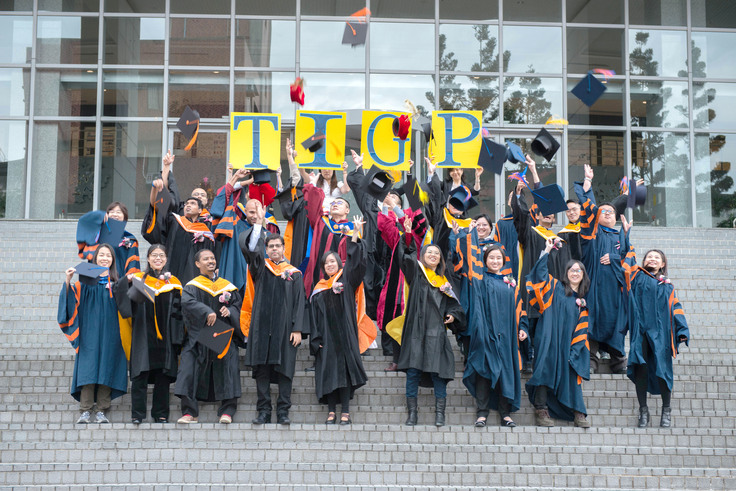MIT Committee on Assessment of Biohazards: Policy for Safety Testing of Lentiviral Vector Stocks for Replication Competent Particles
Containment for Pseudotyped Lentiviral Vector systems: BL2 but BL2+ if transgene/insert is involved in oncogenesis: The CAB recognizes the enhanced safety features embedded in the latest lentiviral vector systems. These safety features, the use of multiple plasmids for vector packaging, the deletion of overlapping sequences between the packaging plasmids plus the minimalist design of the vector backbone itself, are all aimed at reducing the risk of generation of replication competent virus during vector stock preparation. According to published data, certain lentiviral vector systems generate less than 1 replication competent particle in 10^8 vector particles to 1 in 10^12 depending on the vector-packaging system. Publications, along with data and personal communication from various investigators developing and using these plasmid systems indicate that detection of replication competent virus is difficult to none detected (personal communication, Prof. Inder Verma, Salk Institute).
Even though there is published data to indicate that these vectors may indeed be safer, less rep+ virus, they are also more efficient and effective. This latter property may increase the risk to researchers in case of accidental exposure to the vector. Thus the CAB decided to retain the same containment paradigm for lentiviral systems as for the murine retroviral vector systems. BL2 containment is acceptable for lentiviral vectors with non-oncogenic transgenes. BL2+ containment should be used with these vectors when they express potentially oncogenic gene products. BL2+ procedures and practices provides additional physical barriers to further minimize the chance of possible accidental exposures.
Characterization of Lentiviral Vector Stocks: Use of one assay for rep+ particles, reduced testing frequency and submission of data to EHS Office (Biosafety) for CAB review: The CAB has decided that investigators should select and use one assay for replication competent viral contaminants and show that the assay works and is sensitive. This assay should be one that the PI is familiar with and able to do on a relatively routine basis. Investigators must assay at least two consecutive independently generated lentiviral vector preps to show that the lentiviral vector system works as expected from publications, in their hands, in their laboratory. The investigator must send the results of the assay on these two preps to the CAB via the EHS Office: Biosafety Programs. Once the lentiviral vector system is working as safely as expected investigators are not required to test every lentiviral vector preparation. The frequency of testing of vector stocks is dependent upon the frequency of generation of vector preps (see below). The information submitted by researchers to the CAB will help the committee assess whether these requirements provide the appropriate level of oversight for this research or whether more frequent testing is needed.
• All vector preps should be tested until at least two consecutive preps give the expected negative (undetected) results in the selected assay. The rep+ assay needs to be done in such a way that a measure of the sensitivity of the assay can be assessed as well.
• Once researchers have gained enough experience with these vectors, and these vectors work in their lab as expected (based on the results from two vector preps), researchers will NOT be required to test every vector preparation. Depending on the frequency that vector preps are generated within a group, vector preps should be tested on a periodic basis. Some groups will generate and use multiple preps a week, others will be making far fewer. Laboratories that generate multiple vector preps a month should test 3 representative preps every 2-3 months. Low frequency (low number of preps generated) labs should test 2 vector preps every 4-6 months. A low frequency lab generates and uses up a prep approximately every month or so. This is difficult to specify but the committee is asking that about 1 in every three preps be tested. This will provide “ongoing” testing but will not require that every prep be tested as long as the investigators are able to show that they are able to generate at least two consecutive independent preps with no detectable rep+ virus.
• The CAB requires that the data on detection of rep+ viral particles be submitted in a timely manner. The data must also indicate and show the sensitivity of the assay. Receipt of this data is necessary for continued CAB and EHS Office (Biosafety) approval of the research project.











 首頁
首頁